Introduction of Curb and Gutter
Important Point
There are various types of Curbs and gutters are used in the construction of light and heavy pavements of the road. The Curb and Gutter are installed along the length of the road. The main purpose of providing a curb and gutter is to strengthen the pavement of the road.
Curb and Gutter are the structures that are made from concrete or asphalt which is used to collect the surface runoff water from parking lots or impervious surfaces.
In this article, you will get to know about the Types of Curb and Gutter and the difference between Curb and Gutter, and their Advantages and Disadvantages.
What Are Curb and Gutter?
Curb and gutters are concrete or asphalt structures used to collect surface runoff from paved streets, parking lots, or other impervious surfaces and convey it to a storm drain system or appropriate treatment and/or infiltration system. Wherever possible, eliminate or minimize curb and gutter systems.
- What Does Parapet Mean | Types of Parapet Wall | Uses of Parapet Wall
- What Is Camber in Road | Types of Camber | Advantages of Camber in Road
- What Is the Gradient of Road | 6 Types of Road Gradient | Factors Affecting Gradient |Effect of Gradient on Roads
- Kerbs In Roads | Types of Kerbs | Shape of Kerbs | Materials of Kerbs in Roads | Kerb Height | What Is Kerb Stone | Materials of Kerb Stone | Road Kerb Details
Types of Curb and Gutter
The Curbs and Gutter can be constructed in various shapes and sizes. The curbs are generally classified according to their shape and sizes. The various types of sizes are as follows.
1. Barrier Curb and Gutter
The Barrier Curb and Gutter is one of the commonly used in sidewalks and parking spaces. Its name itself suggests that this is a curb that is constructed to form a barrier in order to separate vehicles and sidewalks or parking lots.
Barrier curbs and gutter are generally made up of cement concrete and asphalt aggregates.
2. Mower Curb and Gutter
Mower curbs are generally used in the gardens and the areas where lawns for flowering are done. This type of curbs and gutter have a decorative look which provides a strong and protective barrier between the walkway and the green zone.
These types of curbs come with various types of colours and designs and serve as a decorative function.
Also, Read: What Is DLC (Dry Lean Concrete) | Advantage of DLC (Dry Lean Concrete)
3. Mountable Curb and Gutter
Mountable curbs are the type of curb that has a slight dip on one face of the curb. These types of curbs allow the vehicle to drive easily from the road surface.
4. Slanted Curb and Gutter
Slanted curbs are usually ornamental curbs and which is generally installed to attract more attention to the structure. Slanted curbs do not have any practical purpose they are only used to enhance Beauty. They are mostly used for decorative purposes.
Also, Read: What Is Glass Fiber Reinforced Gypsum | Applications of GFRG | Disadvantages of The GFRG Panel
5. Monolithic Curb and Gutter
Monolithic curbs are also known as Integral curbs which are designed in such a way that is the joints between the curbs cast onto a concrete slab. The Monolithic curb is connected with the roadway.
Monolithic curbs are the type of curbs that are constructed with the road and the top level of this type of curbs are matched to create more traction. This will make it simple and easy for the vehicles to pass without any damage to the internal structure of the foundation of concrete.
The Monolithic Curbs develop a smooth transition into the road as compared to the other types of curbs.
Curb and Gutter Specifications
Standard dimensions of the Curb and Gutters are as follows.
1. Vertical Curves Used in Residential Zones
The Vertical curbs which are used in the Residential zones are as follows.
| Gutter width | 18 inches |
| Curb face slope | 12 inches |
| Gutter Thickness | 6 inches |
| Gutter slope to curb face | 1.5 inches |
| Back wall of curb in height | 10 inches |
| Curb face height above flowline | 5 inches |
2. Rolled Curves Used in Residential Zones
The Rolled curbs which are used in the Residential zones are as follows.
| The back wall of curb in height | 12 inches |
| Curb Top in width | 6 inches |
| Curb face in height | 6 inches |
| Curb face slope in six inches | 0.5 inches |
| Curb face and apron radius | 1 inch |
| Gutter width | 18 inches |
| Gutter Thickness | 6 inches |
| Gutter slope to curb face | 1.5 inches |
Construction Process of Curb and Gutter
The construction process of curb and gutter are as follows
1. Marking and Excavation
The initial stage before starting any kind of construction is the marking of the foundation of the structure. The area or the path on which the curb and gutter have to be installed should be marked with the help of powder.
The proper gradient is given so that the water should be efficiently drained off. The area which is marked should be excavated.
The excavated soil should be stacked away from the site and all the loose soil and dirt should be removed. The concrete mix should be laid and compacted properly.
2. Formwork
It is necessary that form should be used in the concreting because it helps cast curbs properly. The design of the formwork mainly depends upon the type of curb which is constructed.
The formwork should be installed properly in the alignment and the label should be check with the Plumb.
Also, Read: How to Calculate Slab Steel Quantity from Drawing | BBS of Slab
3. Concreting
The concrete of the required design mix should be prepared and placed in the formwork. The concrete should be compacted properly and care should be taken that there should not be any voids remain in it.
After the concrete has set and hardened, remove the formwork and scooter on the curb and gutter surfaces. The surface of the curb and gutter should be finished properly with the help of concrete finishing tools.
4. Curing
After the concerning curb and gutter and finishing are done, then the curing of the curb should be done to achieve the desired strength and durability. It is necessary that the curb should be prevented from the traffic and extreme hot or cold temperatures.
Also, Read: Top 15+ Best Plywood Brands in India
Advantages of Curb & Gutter
There are various advantages of curb and gutter which are as follows
- The curbs improve the Efficiency of the road sweepers why centering the debris.
- Curbs enhance the Beauty of the parking lots and streets.
- Curbs are also acts as back support to the pavement of the roads.
- Gutters help in the effective drainage of water which slides down from the surface of the pavement.
- concrete curbs have a reflective surface which helps to improve visibility at night and avoid accidents.
- Curbs form a closed boundary which will help to improve the compaction of the concrete during the construction of the road and helps to maintain the integrity of edges.
Disadvantages of Curb & Gutter
There are also some disadvantages of constructing curb and gutter which are as follows
- The construction of the Curb and gutters required skilled workmanship.
- There are chances that the gets choke up in the Monsoon which may lead to water accumulation on the road surface.
Also,Read: Precipitation | Type of Precipitation | Cyclonic Precipitation
Difference Between Curb and Gutter
As nouns the difference between curb and gutter is that curb is (North America) a row of concrete along the edge of a road a kerb (UK) while gutter is a prepared channel in a surface, especially at the side of a road adjacent to a curb, intended for the drainage of water or gutter can be one who or that which guts. As verbs the difference between curb and gutter is that curb is to check, restrain or control while gutter is to flow or stream to form gutters.
What Is the Purpose of Curb and Gutter?
Curb and gutters are concrete or asphalt structures used to collect surface runoff from paved streets, parking lots, or other impervious surfaces and convey it to a storm drain system or appropriate treatment and/or infiltration system.
Is the Gutter Part of the Curb?
Most curb is constructed separately from the pavement, and the gutter is formed at the joint between the roadway and the curb.
What Is the Function of the Curb & Gutter in Road Design?
The main purpose of curb and gutter is to reinforce the pavement that is being laid down as a road surface. It is poured first before asphalt is brought in, normally around eight inches thick and creates an extremely strong barrier.
What Is Gutter in Road Construction?
A street gutter is a depression that runs parallel to a road and is designed to collect rainwater that flows along the street diverting it into a storm drain. A gutter alleviates water buildup on a street, allows pedestrians to pass without walking through puddles, and reduces the risk of hydroplaning by road vehicles.
What Is the Difference Between Curb and Kerb?
Curb is also the American spelling of the noun kerb. There is no difference in pronunciation. The kerb is the raised edge between a pavement and a road.
Why Is It Called a Curb?
A curb is the edge of the sidewalk beside the road. Curb comes from the Latin word for “curve,” curvus, which describes the shape of a restraining strap on a horse’s head in the fifteenth century, this band was called a curb.
What Does Curb and Gutter Mean?
As nouns the difference between curb and gutter is that curb is (North America) a row of concrete along the edge of a road a kerb (UK) while gutter is a prepared channel in a surface, especially at the side of a road adjacent to a curb, intended for the drainage of water or gutter can be one who or that which guts. As verbs, the difference between curb and gutter is that curb is to check, restrain or control while gutter is to flow or stream to form gutters.
What Is a Gutter Curb?
Curb is a short wall installed to hold the pavement from the sides and act as a barrier between yard and street. It is abutted with a gutter which is a flat concrete slab that drains out water away from the yard. Usually, curb and gutter are constructed together at a site.
Types of Curbs and Gutter
- Mountable Curbs.
- Mower Curbs.
- Barrier Curbs.
- Monolithic Curbs.
- Slanted Curbs.
What Is Gutter in Road Construction?
Gutter is a concrete component constructed beside pavements. The function of a concrete gutter is to discharge water and prevent it to infiltrate beneath the pavement. Moreover, not only does it eliminates the need for side ditches but also it enhances the performance of the road.
What Is a Road Gutter Called?
A street gutter is a depression that runs parallel to a road and is designed to collect rainwater that flows along the street diverting it into a storm drain. A gutter alleviates water buildup on a street, allows pedestrians to pass without walking through puddles, and reduces the risk of hydroplaning by road vehicles.
Road Gutters
A street gutter is a depression that runs parallel to a road and is designed to collect rainwater that flows along the street diverting it into a storm drain. A gutter alleviates water buildup on a street, allows pedestrians to pass without walking through puddles, and reduces the risk of hydroplaning by road vehicles.
Road Curb
A curb (North American English), or kerb (Commonwealth English except Canada; see spelling differences), the edge where a raised sidewalk or road median/central reservation meets a street or other roadway.
Average Curb Height
Standard curb height is 6″, but it varies (see picture). There are rolled curbs, curb and gutter, traffic separators that we call Hershey’s Kisses.
Barrier Curb
Barrier curbs are the concrete structures most often seen in straight lines. These tend to outline a parking lot and create a barrier between a vehicle and an area the vehicle does not belong. This helps prevent vehicles from driving up on sidewalks and other areas, avoiding pedestrians.
What Are the Different Types of Guttering?
- Round Guttering/ Half Round Guttering
- Box Guttering
- Quad Guttering/D Guttering
- Fascia Guttering/ Eaves Guttering
- K-style Guttering
- Square Guttering
- European Guttering
Which Type of Gutters Are Best?
Vinyl and aluminum gutters are considered two of the best types of gutters because they are cost efficient, meaning that for what they cost, they do their job well. And they are not over the top expensive either. Stainless steel gutters are another great option, but they come with a heftier price tag.
Curb and Gutter
Curb and gutters are concrete or asphalt structures used to collect surface runoff from paved streets, parking lots, or other impervious surfaces and convey it to a storm drain system or appropriate treatment and/or infiltration system. Wherever possible, eliminate or minimize curb and gutter systems.
Curb and Gutter Cost Per Foot
The national average materials cost to install concrete curb and gutter is $6.13 per linear foot, with a range between $5.72 to $6.55.
Concrete Curb and Gutter Installation
Installing concrete curb and gutter involves several steps and requires careful planning and execution. Here’s a general outline of the process:
- Planning and Preparation
- Excavation and Grading
- Formwork
- Reinforcement (Optional)
- Concrete Mixing and Pouring
- Finishing
- Curing and Protection
Curb and Gutter Repair Contractors
When selecting a contractor, consider the following factors:
- Experience
- Licensing and Insurance
- References and Reviews
- Cost Estimates
- Written Contract
Residential Curb and Gutter Services
When it comes to residential curb and gutter services, there are several tasks that contractors can handle. Here are some common services provided by residential curb and gutter contractors:
- Installation of New Curb and Gutter
- Curb and Gutter Repairs
- Maintenance and Cleaning
- Leveling and Realignment
- Upgrades and Modifications
- Waterproofing and Sealing
Commercial Curb and Gutter Installation Companies
When evaluating commercial curb and gutter installation companies, consider the following factors:
- Experience and Expertise
- Licensing and Certifications
- Portfolio and References
- Safety Practices
- Project Management Capabilities
Precast Concrete Curb and Gutter Suppliers
When it comes to precast concrete curb and gutter, there are several suppliers and manufacturers that specialize in providing these products. These suppliers offer a range of precast concrete curb and gutter options that can be customized to fit specific project requirements. Here are some ways to find precast concrete curb and gutter suppliers:
- Online Directories and Platforms
- Local Business Directories and Trade Associations
- Online Search Engines
- Referrals and Recommendations
Gutter Road
Gutter road” typically refers to a road or street that is in poor condition or badly maintained, often characterized by broken pavement, potholes, or other forms of damage. The term “gutter” implies a lower quality or neglected state, similar to how the gutters along the sides of roads can become clogged or dirty.
Road Gutter Meaning
The term “road gutter” typically refers to a shallow channel or depression found along the side of a road or street. It is designed to collect and direct surface water, such as rainwater or melting snow, away from the road surface and towards a drainage system. Road gutters are often constructed with a slight slope or gradient to facilitate the flow of water. They play an important role in preventing water from pooling on the road, which could lead to hazardous driving conditions or damage to the road surface. In some areas, road gutters may also be referred to as curbside channels, roadside ditches, or simply gutters.
Curb on Road
A curb, also known as a kerb, is a raised edge or barrier along the side of a road or street. It is typically made of concrete, stone, or another durable material and is positioned at the edge of the road surface. The primary purpose of curbs is to separate the road from the sidewalk or pedestrian walkway, providing a physical boundary and preventing vehicles from driving onto the sidewalk.
Curb Gutter
The term “curb gutter” refers to the combination of a curb and a gutter in a road or street design. It is a system that includes both the raised edge (curb) and the shallow channel (gutter) located along the side of the road.
Curb Types
There are several types of curbs used in road construction and urban infrastructure. The specific type of curb chosen depends on factors such as road design, traffic volume, and aesthetic considerations. Here are some common curb types:
- Barrier Curb
- Rolled Curb
- Mountable Curb
- Slotted Curb
- Decorative Curb
What Is Curb in Road?
In the context of roads, a curb refers to a raised edge or barrier that is constructed along the side of the road or street. It is typically made of durable materials such as concrete or stone. The curb is positioned at the edge of the road surface, separating it from the adjacent sidewalk or pedestrian area.
What Is a Street Gutter?
A street gutter, also known as a road gutter or roadside gutter, refers to a shallow channel or trough that is typically located along the edge of a street or road. It is designed to collect and direct surface water, such as rainwater or melting snow, away from the road surface and towards a drainage system.
What Is a Mountable Curb?
Mountable curbs, sometimes referred to as roll curbs, have sloping faces that allow vehicles to encroach on them without damaging tires and wheels; and if the slopes are gentle enough, cars can cross them to access driveways.
Like this post? Share it with your friends!
Suggested Read –
- Top 10 Tiles Companies in India 2021
- How to Building Construction Process Step by Step
- 81 Nos of List Use Construction Tools and Pieces of Equipment
- What Is DLC (Dry Lean Concrete) | Advantage of DLC (Dry Lean Concrete)
- What Is Camber in Road | Types of Camber | Advantages of Camber in Road
- Estimation for Building Works | Centre Line Method | Long and Short Wall Method
- Density of Cement Sand and Aggregate | Cement Density | Sand Density | Aggregate Density | list of Density
- Standard Brick Size & Weight | Standard Brick Size With Shape | Brick Types & Specification Based on Application
- What Is Shear Wall | Classification of Shear Walls |Advantages of Shear Wall | Functions of Shear Wall | Important Point Shera Wall
- What Is Pneumatic Structures | Types of Pneumatic Structures | Advantages & Disadvantages of Pneumatic Structures | Uses of the Pneumatic Structures
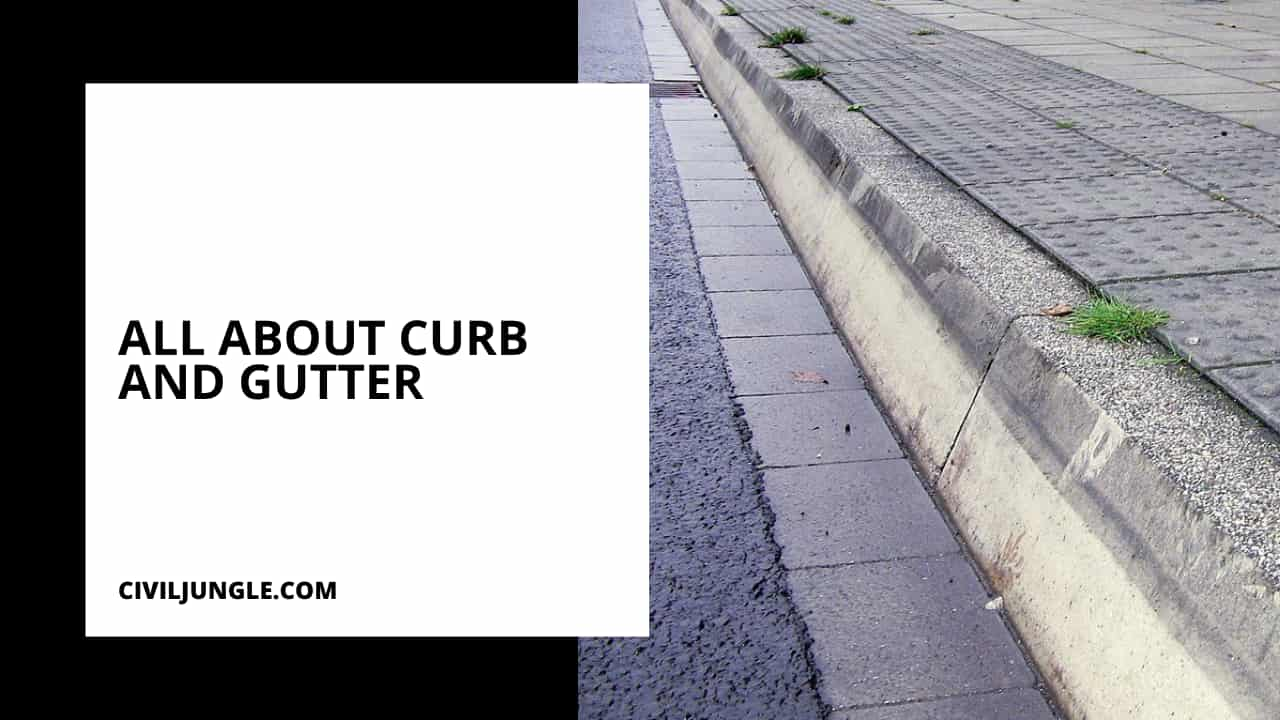
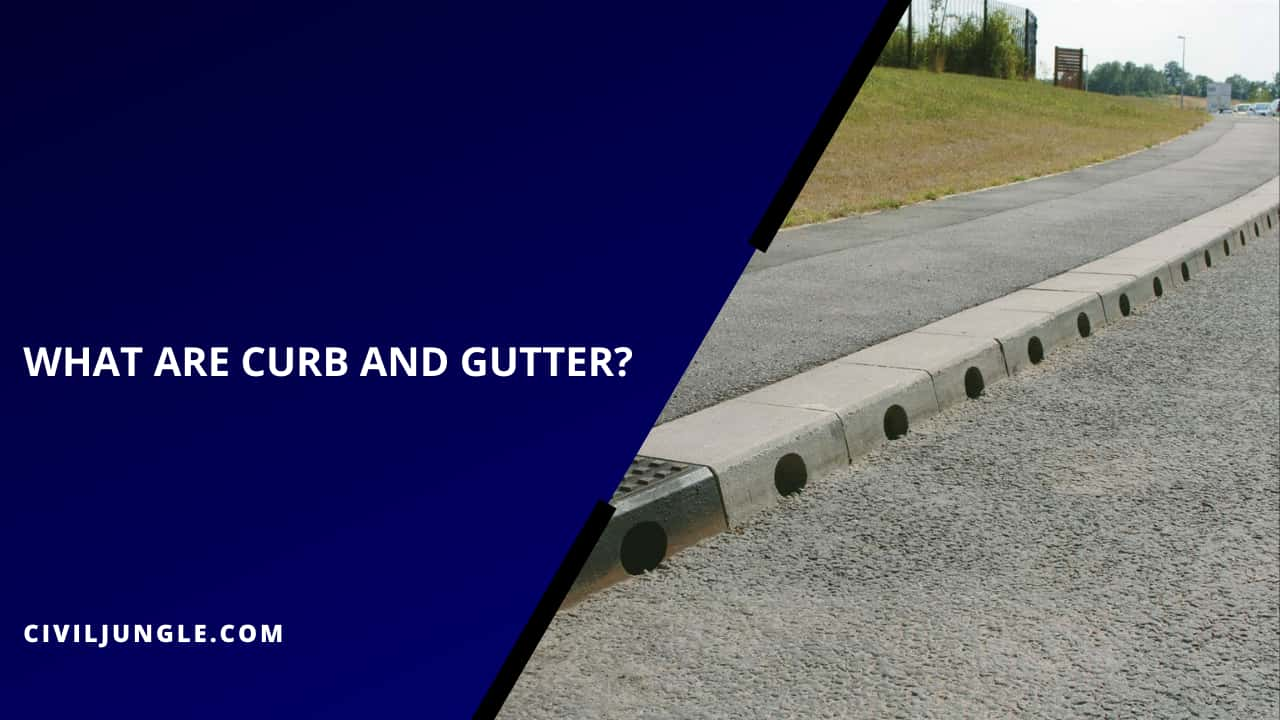
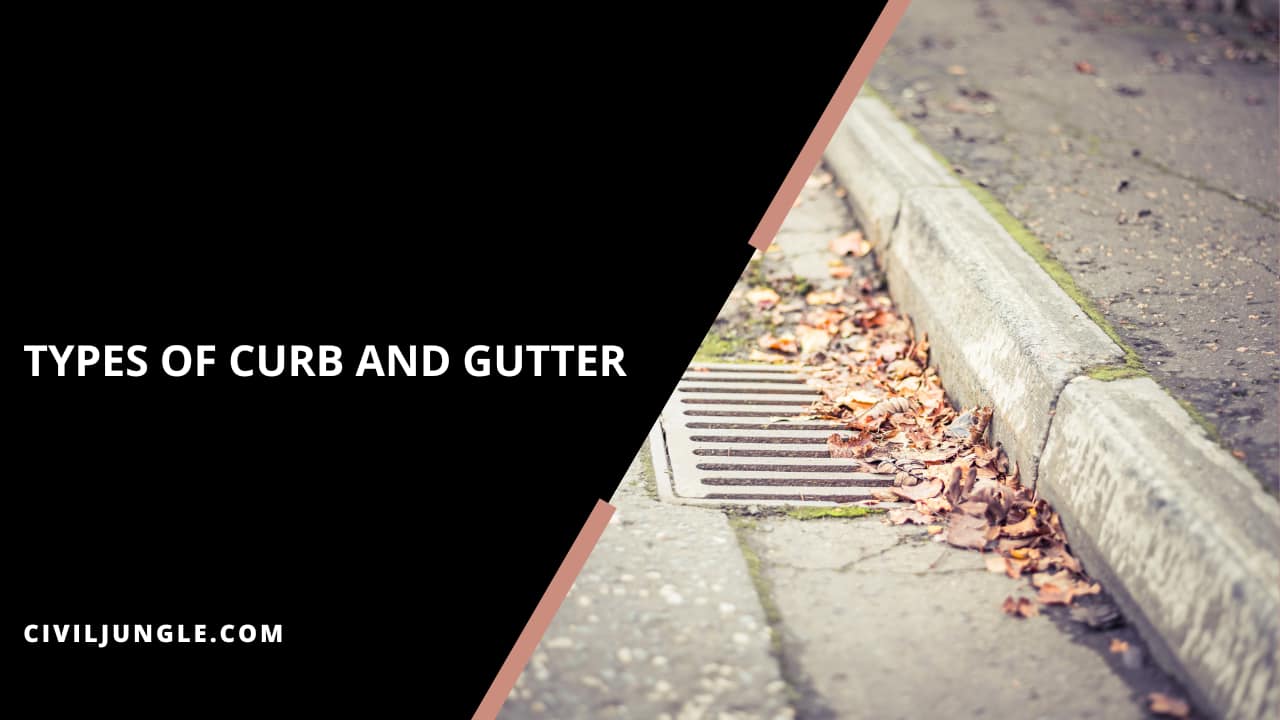
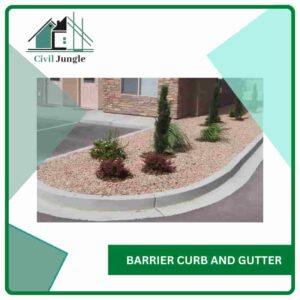
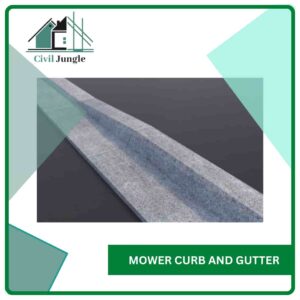
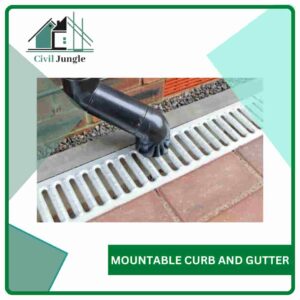
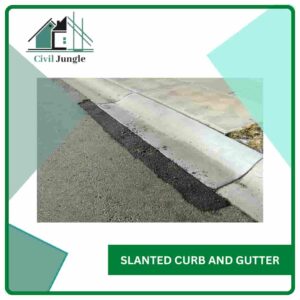
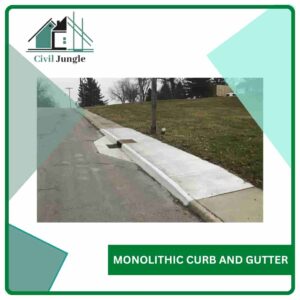
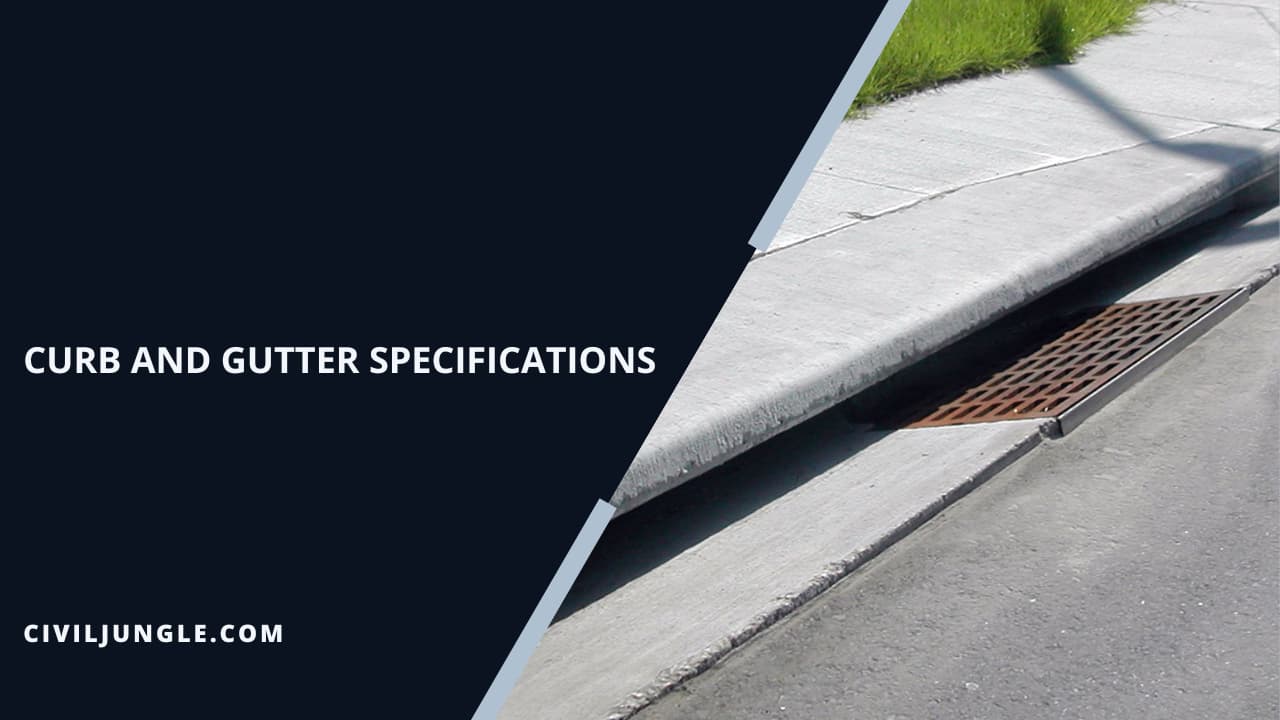
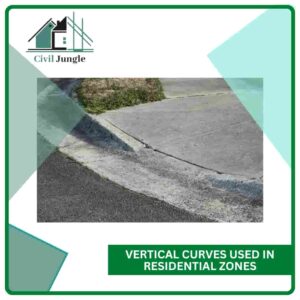
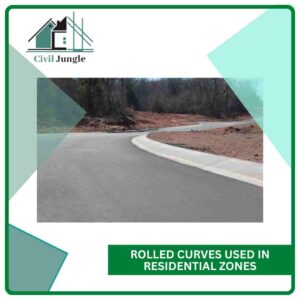
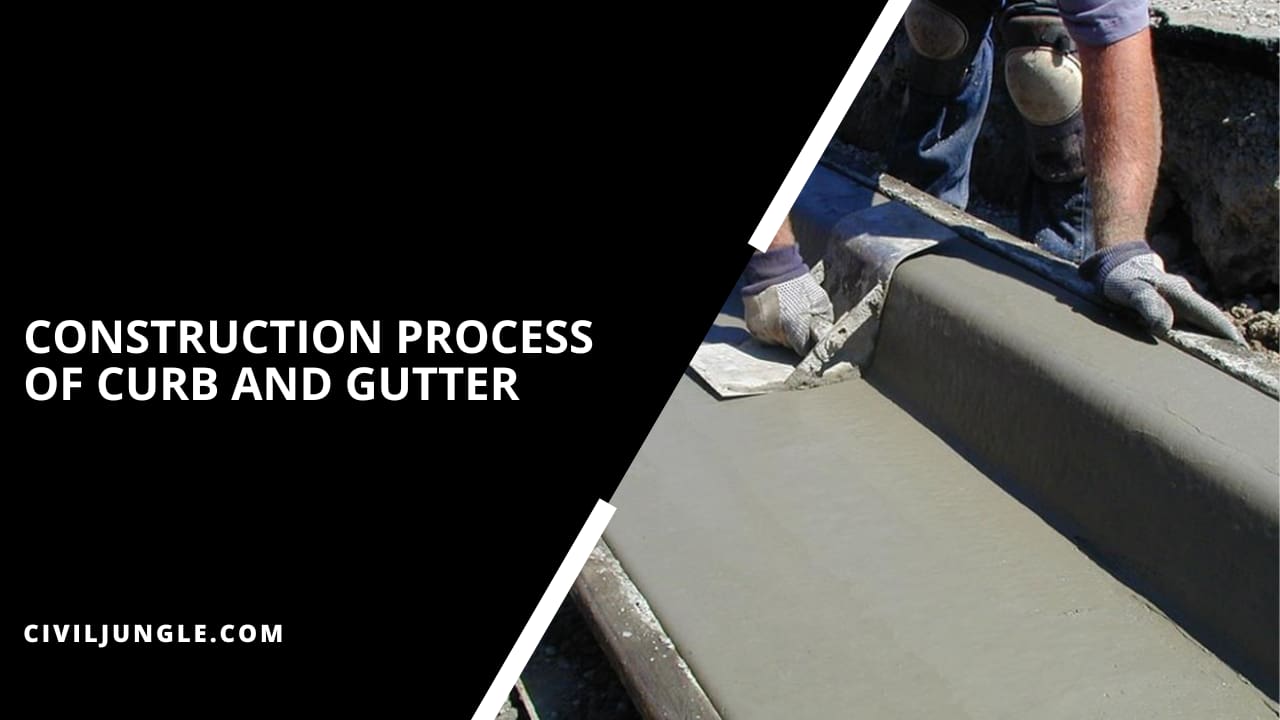
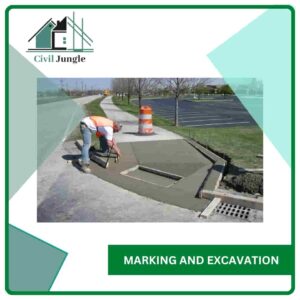
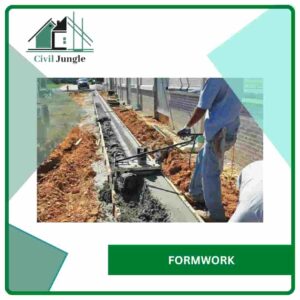
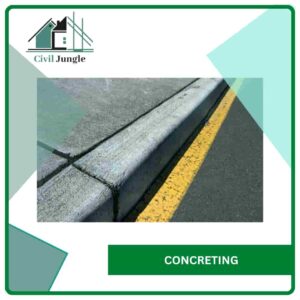
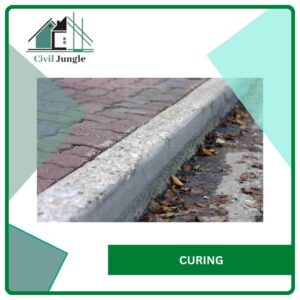
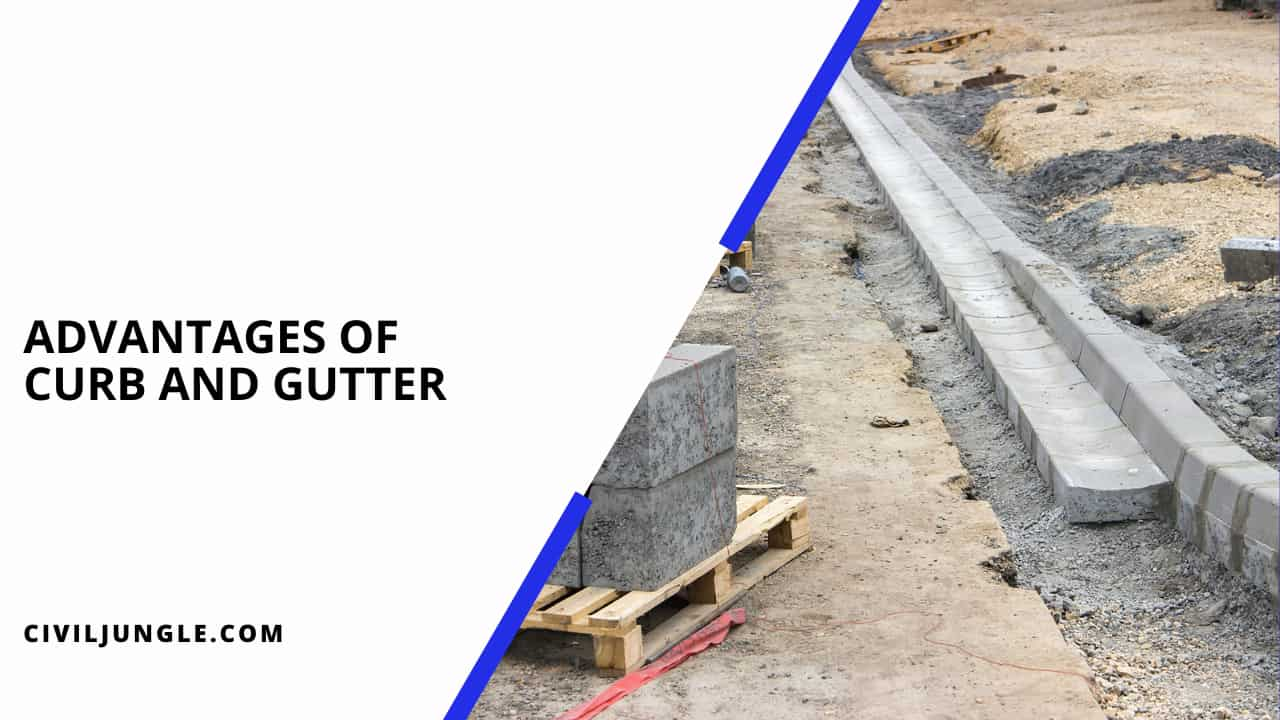
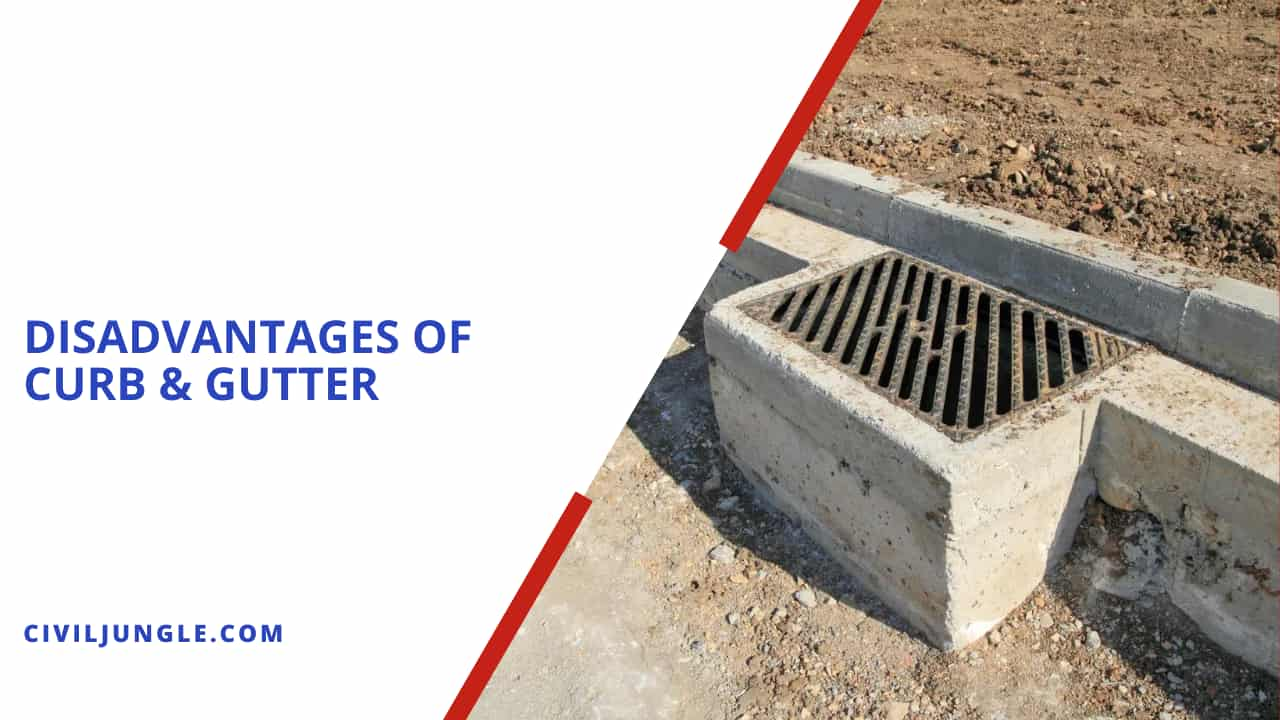

Leave a Reply